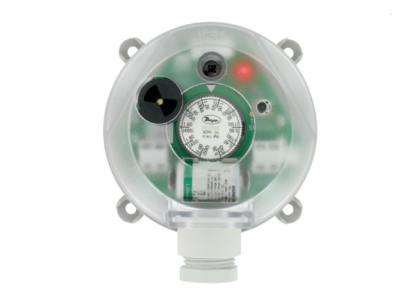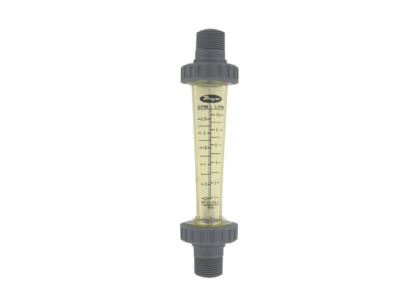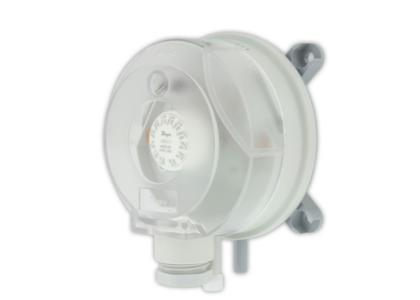To thrive in the competitive world of retail, businesses must ensure they never run out of products. Product shortages not only lead to immediate sales losses but can also create long-term damage to customer relationships. In this blog, we will explore three essential steps to prevent stockouts and maintain customer loyalty.
Understanding the Impact of Stockouts
When a customer walks into a store or visits an online shop and finds their desired product out of stock, the consequences can be severe. A significant percentage of consumers—nearly half—who encounter an out-of-stock situation will turn to competitors, resulting in lost sales and potential long-term customer loss. This phenomenon can be particularly damaging in today’s fast-paced market, where customers expect immediate availability and swift delivery.

Example of Fear: The Lost Customer
Imagine a customer who regularly buys a specific brand of running shoes from your store. One day, they visit your website, eager to purchase a new pair, only to find that their size is unavailable. Frustrated, they quickly navigate to a competitor’s site and complete their purchase. Not only have you lost that sale, but you may have also lost a loyal customer who could have returned for future purchases. This fear of losing customers due to stockouts is a reality that every retailer must face.
Step 1: Utilize Historical Sales Data
The first step to ensuring you never run out of products is to leverage historical sales data. By analyzing past sales trends, businesses can better predict future demand. This involves looking at sales reports, identifying peak shopping times, and understanding seasonal fluctuations.
How to Implement This
- 1. Track Sales Trends: Regularly review your sales data to identify which products are bestsellers and when they typically sell. For instance, if you notice that running shoes sell exceptionally well during spring, you should prepare for increased orders ahead of that season.
- 2. Forecast Demand: Use the insights from your sales data to forecast demand accurately. If a particular shoe style sold out last spring, consider ordering more this year to meet anticipated demand.
- 3. Adjust Inventory Levels: Set minimum inventory levels based on your analysis. For example, if your data shows that you typically sell 100 pairs of shoes a month, ensure you have at least that many on hand, plus a buffer for unexpected demand spikes.
By utilizing historical sales data effectively, you can minimize the risk of stockouts and ensure your customers find what they need when they need it.
Step 2: Implement Real-Time Inventory Management
The second essential step is to adopt a real-time inventory management system. Many retailers still rely on outdated methods, such as spreadsheets, which can lead to inaccuracies and missed opportunities.
Benefits of Real-Time Inventory Management
- 1. Accuracy: Automated systems provide accurate, up-to-date information about stock levels. This allows businesses to make informed decisions about when to reorder products.
- 2. Efficiency: Real-time tracking reduces the time spent on manual inventory counts, enabling staff to focus on customer service and sales.
- 3. Alerts for Low Stock: Many inventory management systems can send alerts when stock levels fall below a certain threshold, prompting timely reorders.
Example of Implementation
Consider a retailer using a cloud-based inventory management system. When a customer purchases a pair of shoes, the system automatically updates the inventory count. If the count drops below the predetermined minimum, the system alerts the manager to reorder. This proactive approach helps prevent stockouts and keeps customers satisfied.
Step 3: Establish Strong Supplier Relationships
The third step is to build strong relationships with suppliers. Having reliable suppliers is crucial for maintaining inventory levels, especially during peak seasons or unexpected demand surges.
Strategies for Strengthening Supplier Relationships
- 1. Diversify Suppliers: Relying on a single supplier can be risky. By having multiple suppliers for your most popular products, you can mitigate the impact of one supplier experiencing delays or stockouts.
- 2. Communicate Regularly: Maintain open lines of communication with your suppliers. Regular updates on your inventory needs and sales forecasts can help them prepare to meet your demands.
- 3. Negotiate Lead Times: Work with suppliers to negotiate shorter lead times. This can be particularly important during busy seasons, ensuring that you receive products quickly and can restock efficiently.
Real-World Example
A clothing retailer may work with several suppliers for their best-selling items. By doing so, if one supplier is unable to deliver on time, the retailer can quickly turn to another supplier to fulfill customer orders. This flexibility not only prevents stockouts but also enhances customer satisfaction.




